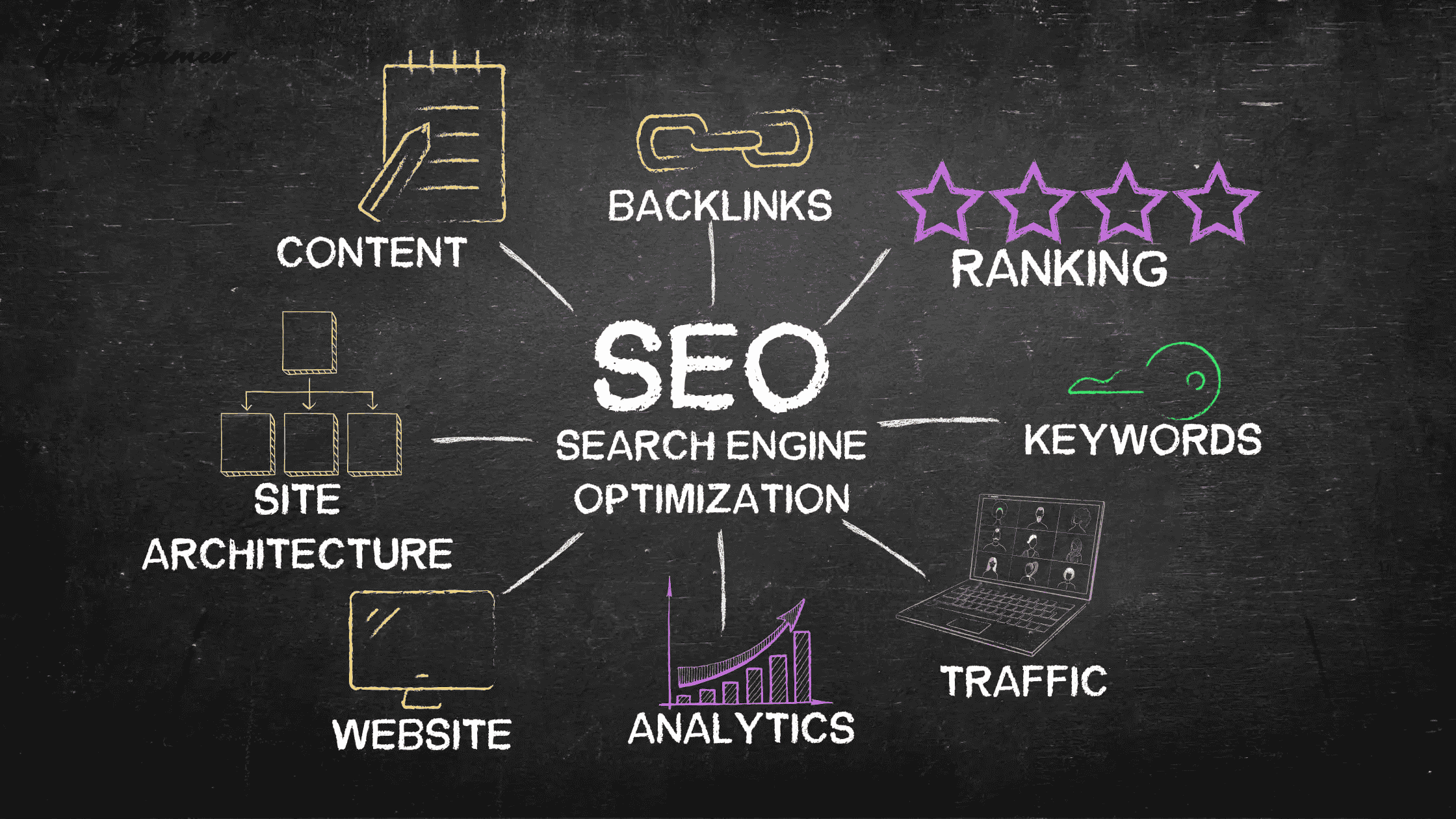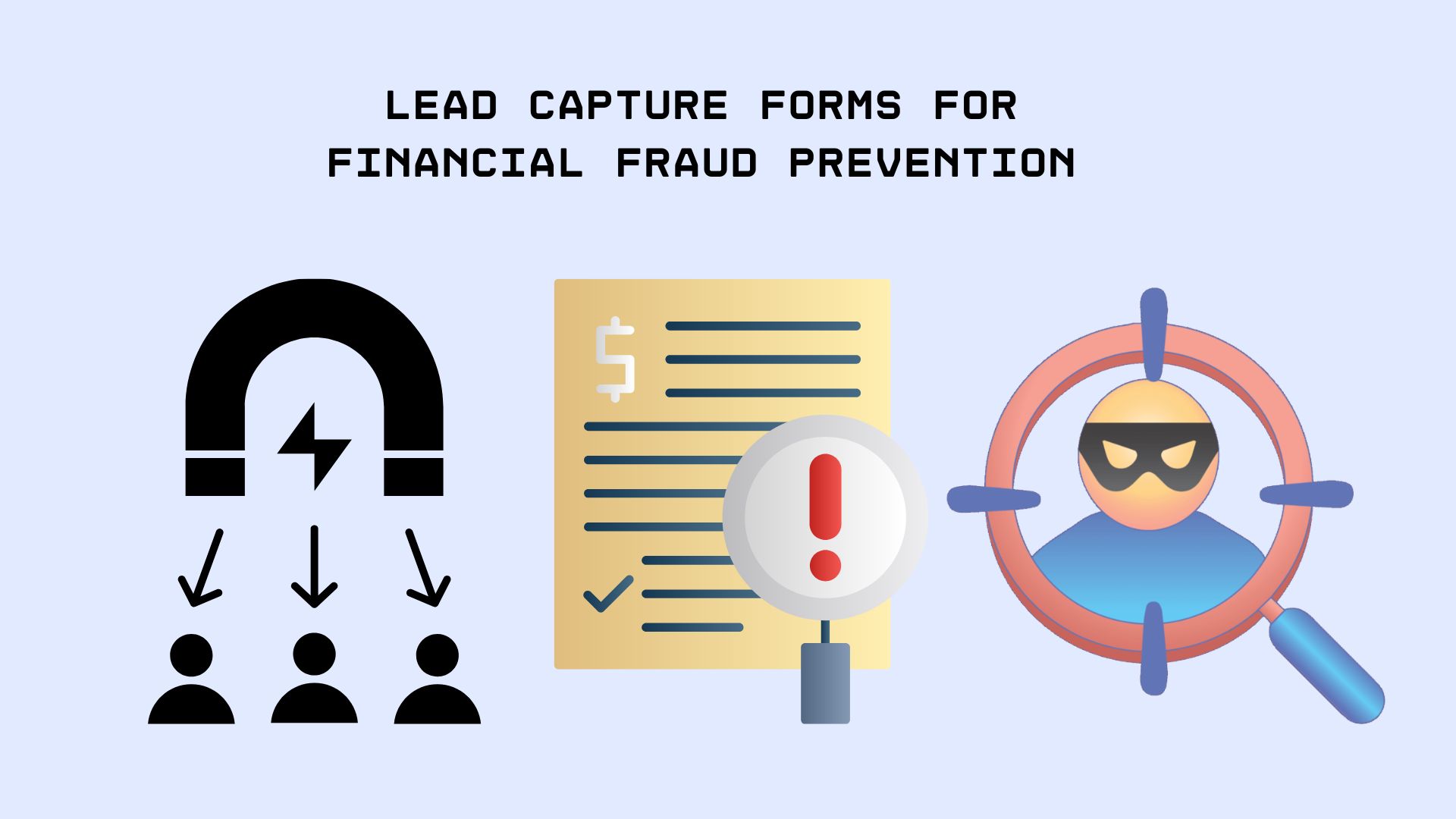Top WordPress SEO Tips for Competitive Rankings
WordPress powers 39.5% of the world’s websites. You must optimize your website if you use WordPress in order for it to appear in search results. Given that 70% of people conduct online research before purchasing or visiting a company, having a website that ranks in search results is critical. But where do you begin when it comes to search engine optimization? Continue reading to learn how to do WordPress SEO for your business!
The Importance of SEO
With the rise of WordPress as the preferred CMS for all websites, website owners around the world are looking for more efficient ways to improve their search engine optimization.
However, many websites do not have a well-defined SEO strategy. Instead, they resort to quick fixes. To get your website to the top of the search rankings, you need a comprehensive strategy that addresses all aspects of SEO. Therefore, it is crucial to get the benefits of business process outsourcing companies in Kosovo for your WordPress development stage. This way, professionals from a WordPress Web Development Company can optimize your websites and posts so that they help you rank higher on Google.
Without a doubt, SEO is the most effective digital marketing tool. Because 95% of all search engine traffic goes to the websites that appear on the first results page, your SERP ranking is critical.
This is especially important for businesses because increased traffic means more chances to convert website visitors into customers. Companies have risen above their competitors as a result of the incorporation of WordPress SEO.
According to research, 80% of local online searches result in a sale. Furthermore, 4 out of 5 consumers use search engines to research products and find businesses.
The Complete WordPress SEO Checklist
1. Select A Reliable Hosting Provider
When you choose self-managed hosting, you rent the hosting space or server and install everything yourself. You have more flexibility with self-managed hosting, but you must maintain the operating system, security, and updates. If your WordPress website receives hundreds of visits per week, a shared hosting service provider can be an excellent choice. However, as your traffic grows, your website's performance may suffer; then, you may wish to migrate to scalable WordPress hosting.
2. SEO Plugins
An SEO plugin will assist you in optimizing the content of each page of your WordPress site. This software analyzes the content of your web pages and generates an SEO score that allows you to estimate how well the page will rank. In addition to improving on-page SEO, some tools also help streamline content and improve document workflows, making it easier to manage updates, metadata, and media across your site. A variety of factors influence the score, including:
a.The number of times your keyword and other related key phrases appear throughout the text.
b.The number of words.
c.The number of images and other multimedia.
d.Utilization of internal and external links.
In addition to standard optimization tools, integrating specialized tools like the QSM Plugin can streamline quiz-based content strategies that contribute to engagement and SEO performance.
3. Research Optimal Keywords
This research enables you to identify the words, phrases, and questions that are most relevant to your target audience and SEO objectives. When researching a keyword or phrase, keep in mind the monthly search volume, difficulty, and websites that are currently ranking on the first SERP. It's also important to consider the keyword's search intent. A good practice is to look for relevant keywords with a high monthly search volume but low competition.
4. Optimize URLs
Adding relevant keywords to your URLs will help your SEO slightly, but the main benefit will be the increased traffic you'll receive when you have understandable and descriptive URLs. URLs that are shorter are easier to share and embed in blogs and social media. Keep the URL length to under 60 characters, including the domain and extension, as much as possible.
5. Develop Unique HTML Or Meta Tags
The use of relevant and unique HTML tags or meta tags is an important aspect of WordPress SEO and makes your WordPress site stand out. This helps to organize both your content and the overall page.
Meta tags are used to highlight the most important parts of your content and increase their relevance in search engine rankings. Some meta tags also assist in communicating the importance of specific pages to search engines.

6. Create Valuable and Engaging Content
When it comes to SEO, the quality and engagement of your content are paramount. It's essential to publish content that is well-written, informative, and relevant to your target audience. Equally important is learning how to avoid plagiarism, as duplicate content can harm your rankings and diminish the credibility of your website. High-quality content not only provides value to your readers but also helps establish your website as a reliable and authoritative source.
To optimize readability for both human users and search engines, incorporate:
a.Headings;
b.Subheadings, and;
c.Bullet points.
This ensures that your content can be easily scanned and understood by all.
And to ensure content quality, don't forget to use SEO Magnifier tool to remove plagiarism from your content.
7. Use Header Tags
Header tags, such as H1, H2, H3, etc., serve as important signposts within your content. They not only structure your content but also make it more readable for both users and search engines.
Incorporate your target keywords within relevant header tags to highlight the main topics and subtopics of your content. This helps search engines understand the hierarchy and importance of the content on your page.

8. Optimize Page Titles and Meta Descriptions
Page titles and meta descriptions play a crucial role in improving click-through rates from search engine results pages (SERPs). Including your target keyword in the page title helps search engines understand the relevance of your page to specific queries.
Additionally, creating a compelling meta description that accurately represents the content of your page can entice users to click on your link. Craft concise and engaging meta descriptions that provide a glimpse of what users can expect when they visit your website.
9. Optimize Images
Optimizing images on your WordPress site is crucial for both user experience and SEO. To ensure faster loading times, reduce the file size of your images without compromising their quality. Using descriptive file names is important as it helps search engines understand the content of the image.
Additionally, include alt tags that accurately describe the image using relevant keywords. Alt tags not only provide accessibility for visually impaired users but also help search engines understand and index your images. Optimized images can improve the visibility of your website in image search results.
10. Improve Website Speed and Performance
Website speed and performance are crucial factors for both user satisfaction and search engine rankings. While many website owners debate the merits of different content management systems – with comparisons like wordpress vs drupal often highlighting performance differences – WordPress offers robust speed optimization strategies. You can consider to boost your site performance with a reliable WordPress speed optimization service designed to enhance user experience and search visibility.
To optimize your WordPress site's speed, employ various techniques such as:
a.Caching content;
b.Minimizing CSS and JavaScript files, and;
c.Optimizing images.
Caching allows the temporary storage of data, enabling faster access to frequently visited pages. Minimizing CSS and JavaScript files reduces the amount of code that needs to be loaded, improving loading times. Optimizing images, as mentioned earlier, involves reducing file size without compromising quality.
Another strategy is to use a content delivery network (CDN) to deliver your site's content more efficiently to users in different geographic locations. A CDN stores copies of your website on servers across the globe, ensuring faster content delivery.

11. Build High-Quality Backlinks
Backlinks from reputable and authoritative websites can significantly impact your search engine rankings. Focus on acquiring high-quality backlinks by creating valuable content that naturally attracts links from other websites. This can be achieved through in-depth articles, original research, infographics, or other forms of content that provide unique value to your target audience. Additionally, consider outsourcing link building to further enhance your backlink profile and improve your search engine optimization efforts.
Additionally, consider reaching out to relevant websites in your industry and sharing your content with them. Engaging in guest blogging or collaborative content projects can also help you earn backlinks from authoritative sources. Additionally, you can improve your backlink profile by using link building outreach strategies and creating connections in your industry.
12. Ensure Mobile-Friendly Design
In today's mobile-dominated landscape, having a mobile-friendly design is crucial for SEO. Ensure that your WordPress site is responsive, meaning it adapts and displays properly on various screen sizes and devices. A responsive design provides a seamless user experience across desktops, tablets, and smartphones.
Optimize the user experience for mobile visitors by using mobile-friendly navigation menus, readable fonts, and appropriately sized buttons. This ensures that users can easily navigate your website and interact with its elements on their mobile devices.
A mobile-friendly design is not only important for user experience but also for SEO. Search engines, like Google, prioritize mobile-friendly websites in their search results. Having a responsive design can improve your website's visibility and ranking in mobile search results.
To create a mobile-friendly design, consider the following best practices:
a.Use responsive WordPress themes or template;
b.Optimize font sizes and readability;
c.Streamline navigation;
d.Avoid intrusive pop-ups;
e.Optimize button sizes and spacing;
f.Test across different devices and screen sizes.
13. Optimize for Local SEO
To improve the visibility of your WordPress site in local search results, it's important to focus on local SEO strategies. Start by creating and optimizing a Google My Business (GMB) profile with accurate information and customer reviews. Incorporate location-specific keywords in your:
a.Content,
b.Page titles, and;
c.Meta descriptions.
Including a Google Map on your contact page makes it easier for users to find your physical location. Additionally, consider creating locally focused content, such as blog posts or landing pages targeting specific cities or regions. These efforts can attract local traffic and enhance your website's visibility in local search results.
Conclusion
Improving your SEO process can be a time-consuming task. However, the benefits of having a website that ranks and consistently gains traffic make the effort worthwhile. And a great content management system or content management software, such as WordPress, will aid in the refinement of your SEO. The practices we've discussed in this article should serve as a good starting point for you.







